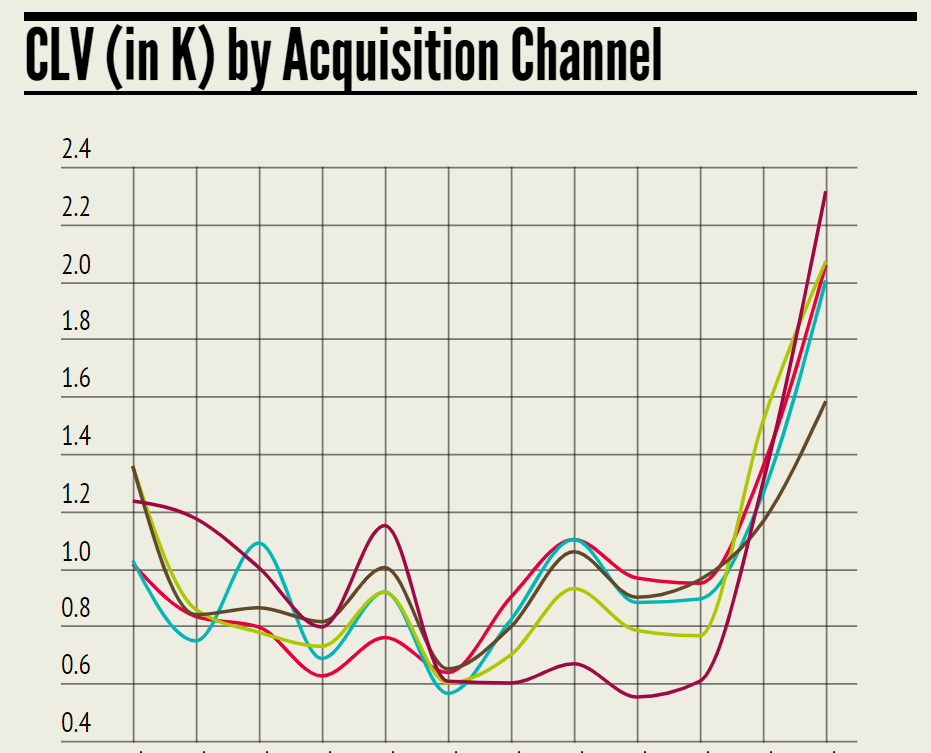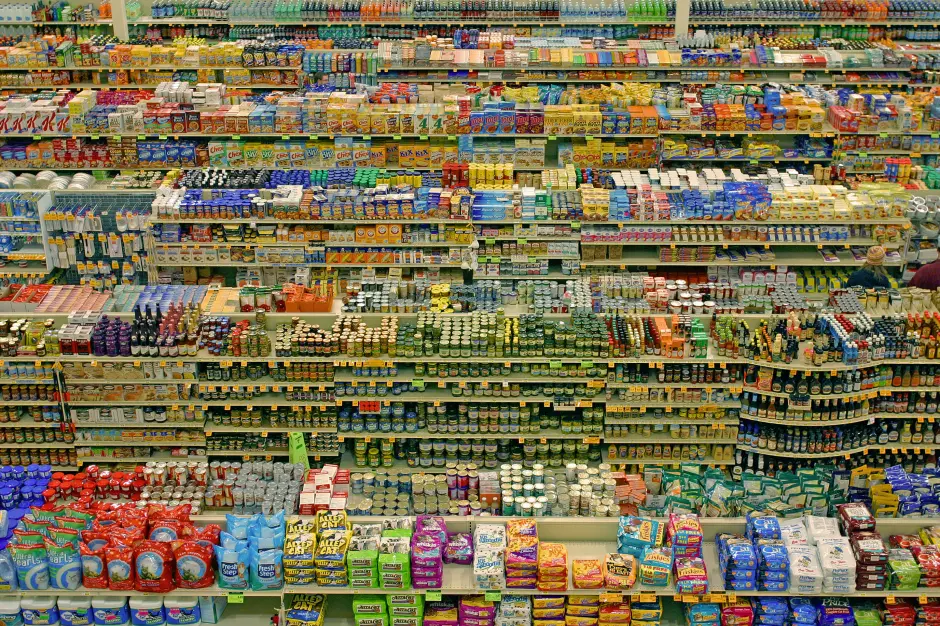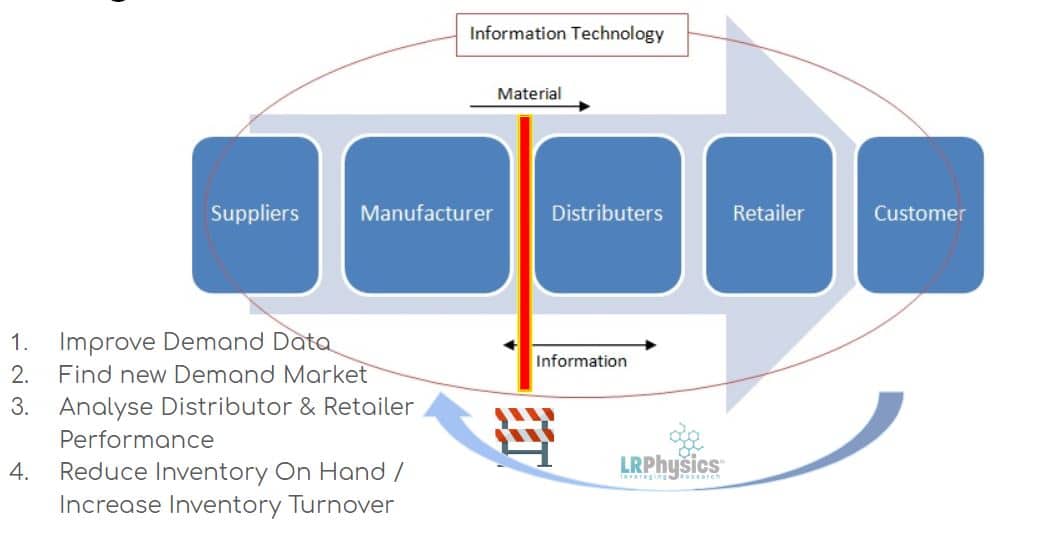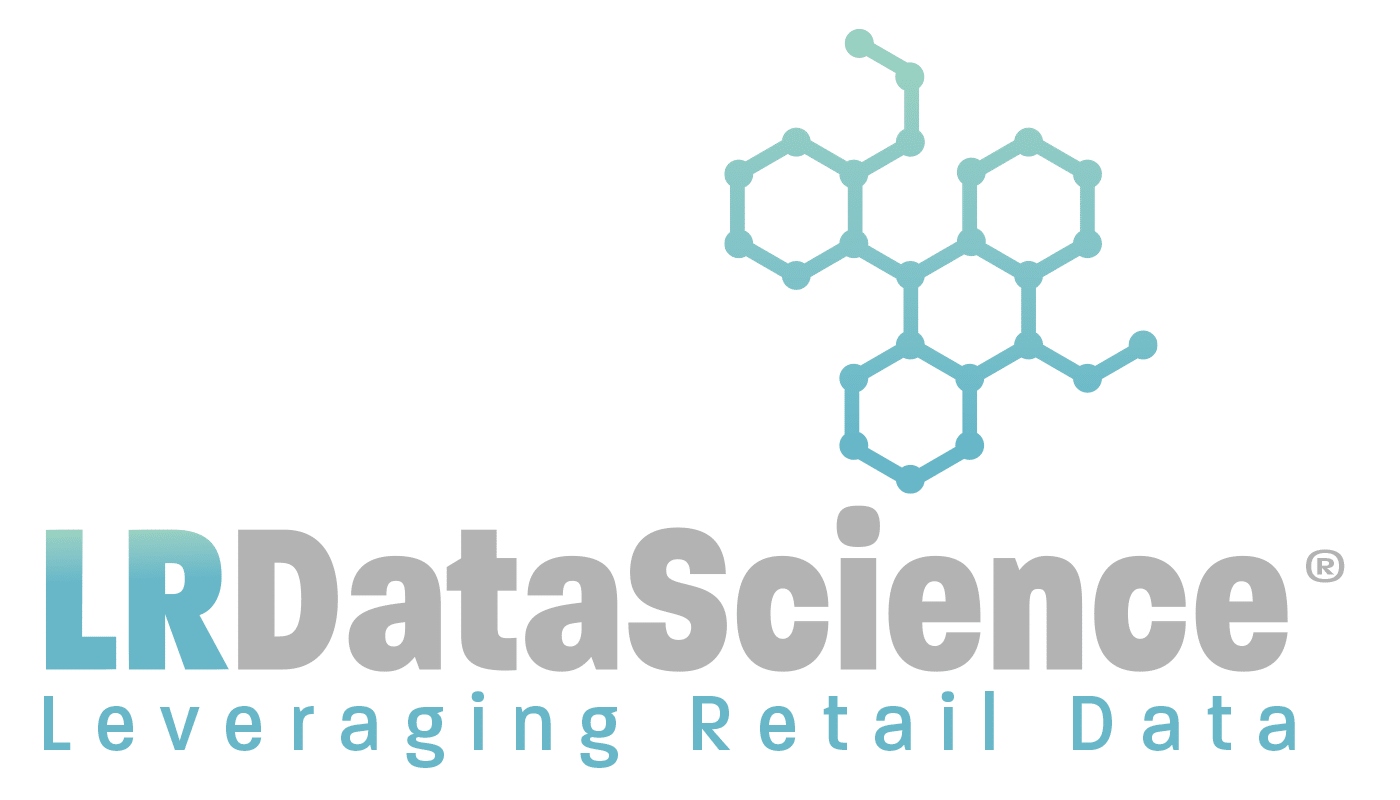Trends
Data Science 2020 Prediction: Our Top 5 Forecasts
At LR, we are always looking to support our client’ growth. From internalization to Artificial Intelligence, these are our Top 5 Data Science 2020 Predictions.
Here is our Data Science 2020 Prediction Top 5
1. Online Marketplaces will be the 1st source of valuable Data
As all industries are now selling on Marketplaces, the Consumer behaviour will be mainly observed on them. If your industry does not have a niched Marketplace, you should either build one or join Amazon.

2. Sales & Marketing will focus on Customer Lifetime Value rather than Prospection
Any valid Business Plan will include the CLV model for its Marketing Plan and Financial plan. You will have to make sure that your Finance department takes clearly into account that your budget is a Capex investment into raising every single Client Lifetime Value. Today, most of the Accounting of CLV expense is accounted to Overhead. Using Data Science, you can predict the Customer Lifetime Value.

3. Organization will rush towards Content Automation through Machine Learning
Keeping up with search engine preferences is getting harder every update Google delivers. Google has been notoriously strict with its Page Quality rating, the score Google gives to evaluate how well a page achieves its purpose, given the potential impact on consumer well-being. Lots of FMCG Brands have been spending big bucks to increase pages indexing on Google, Bings and Yahoo. Machine Learning bots can now help them to produce up to 300 thousands products per day.

4. Implementation Speed will be key
Fast Implementation methodologies help companies reducing from 4 months to 3 weeks all installations in new countries like Germany, France, UK, Spain, Canada, USA and Italy. The Product Pages are no longer the usual bottleneck in the flow, Machine Learning bots is taking care of all the pain.

5. Demand Forecasting will use Predictive Data coming from eCommerce
Rather than continuing with the error-prone consensual Forecasting, organization will use the Online Analytics to refine their internal forecast. From Google Analytics to a set of Machine Learning algorithms to the ATP Modules in the ERPs, the Forecast error rate will drop if organizations use their best Analytical tools to feed the Supply Chain.

